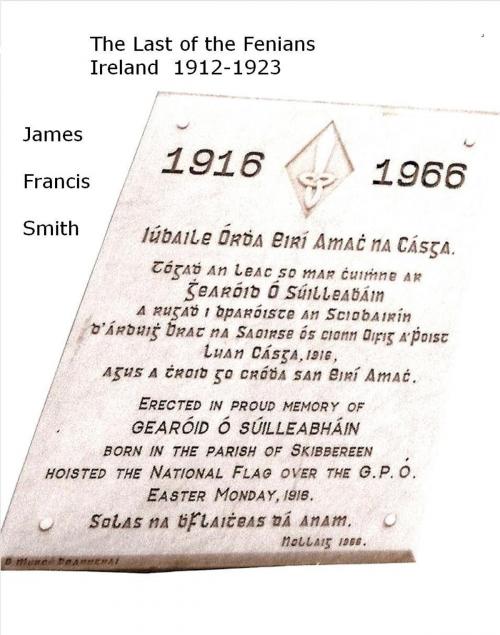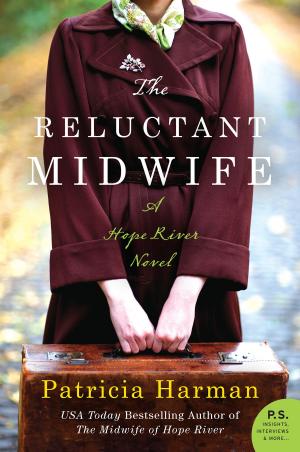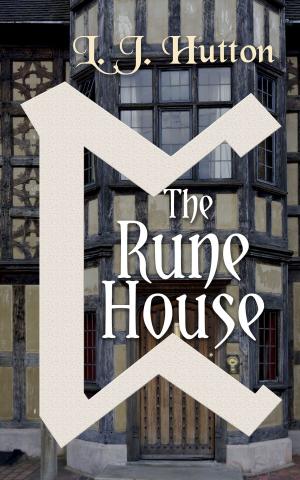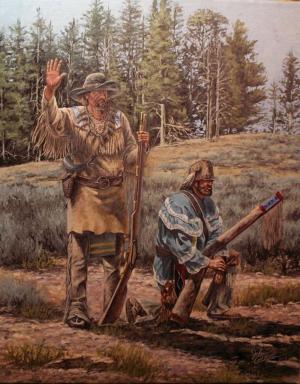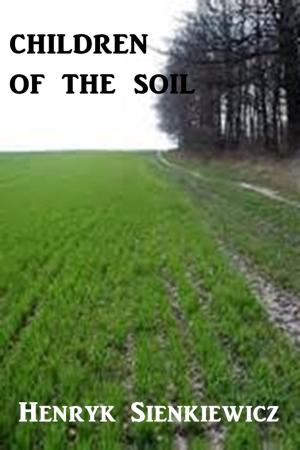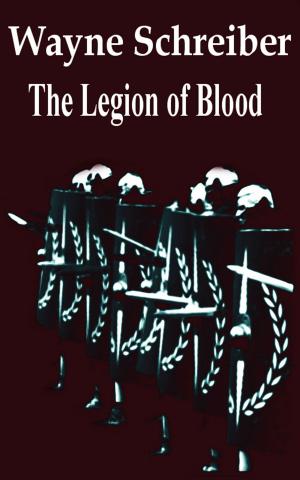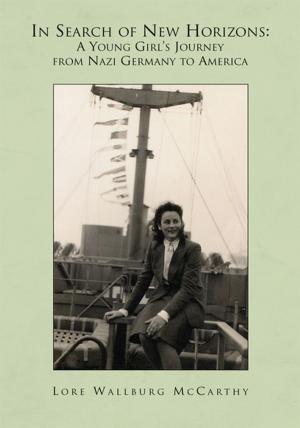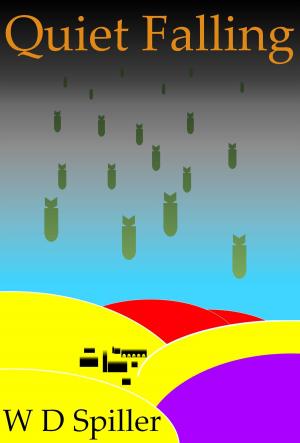| Author: | James Francis Smith | ISBN: | 9781452487595 |
| Publisher: | James Francis Smith | Publication: | June 4, 2012 |
| Imprint: | Smashwords Edition | Language: | English |
| Author: | James Francis Smith |
| ISBN: | 9781452487595 |
| Publisher: | James Francis Smith |
| Publication: | June 4, 2012 |
| Imprint: | Smashwords Edition |
| Language: | English |
Smith's Irish-American Story wouldn’t be complete without referencing the Irish wars of the early 1900s, including Irish participation in WWI. It wasn’t until 2010 that Ireland’s President Mary McAleese traveled to Turkey to pay tribute to the thousands of her countrymen buried there.
Written in the 3rd Party Limited Point of View, The Last of the Fenians is partitioned into major events by the newspaper headlines of the day. The novel begins in County Donegal where Fiona Glackin deserts her childhood sweetheart, PJ Sleavin father of her unborn child, forsakes her religion, flees to Belfast, and does the unthinkable, marries a Protestant. PJ takes up boxing to finance his search for his lost love. Once in Belfast, he is blackmailed into signing up with the British Expeditionary Force as a bicycle messenger. PJ takes the reader into the headquarters and trenches of every major WWI English battle, including those where Irish and Ulster divisions made their mark.
PJ’s close companion Father Edward (Reed) Ward, id assigned to County Cork’s Clonakility Parish, where he befriends a young Michael Collins. Written in the 3rd Party Limited Point of View, The Last of the Fenians is partitioned into major events by the newspaper headlines of the day.
Despite the strong feelings of many that Irishmen should never have worn a British uniform, the author doesn’t agree. Therefore, he included the battles of WWI in The Last of the Fenians, an oversight by most Irish historians long in need of closure.
“Ireland’s freedom had been won on the streets of Dublin and in the hills of Cork and Tipperary. The right to nationhood was earned in the gullies of Gallipoli and the trenches of Flanders.”
Smith's Irish-American Story wouldn’t be complete without referencing the Irish wars of the early 1900s, including Irish participation in WWI. It wasn’t until 2010 that Ireland’s President Mary McAleese traveled to Turkey to pay tribute to the thousands of her countrymen buried there.
Written in the 3rd Party Limited Point of View, The Last of the Fenians is partitioned into major events by the newspaper headlines of the day. The novel begins in County Donegal where Fiona Glackin deserts her childhood sweetheart, PJ Sleavin father of her unborn child, forsakes her religion, flees to Belfast, and does the unthinkable, marries a Protestant. PJ takes up boxing to finance his search for his lost love. Once in Belfast, he is blackmailed into signing up with the British Expeditionary Force as a bicycle messenger. PJ takes the reader into the headquarters and trenches of every major WWI English battle, including those where Irish and Ulster divisions made their mark.
PJ’s close companion Father Edward (Reed) Ward, id assigned to County Cork’s Clonakility Parish, where he befriends a young Michael Collins. Written in the 3rd Party Limited Point of View, The Last of the Fenians is partitioned into major events by the newspaper headlines of the day.
Despite the strong feelings of many that Irishmen should never have worn a British uniform, the author doesn’t agree. Therefore, he included the battles of WWI in The Last of the Fenians, an oversight by most Irish historians long in need of closure.
“Ireland’s freedom had been won on the streets of Dublin and in the hills of Cork and Tipperary. The right to nationhood was earned in the gullies of Gallipoli and the trenches of Flanders.”
